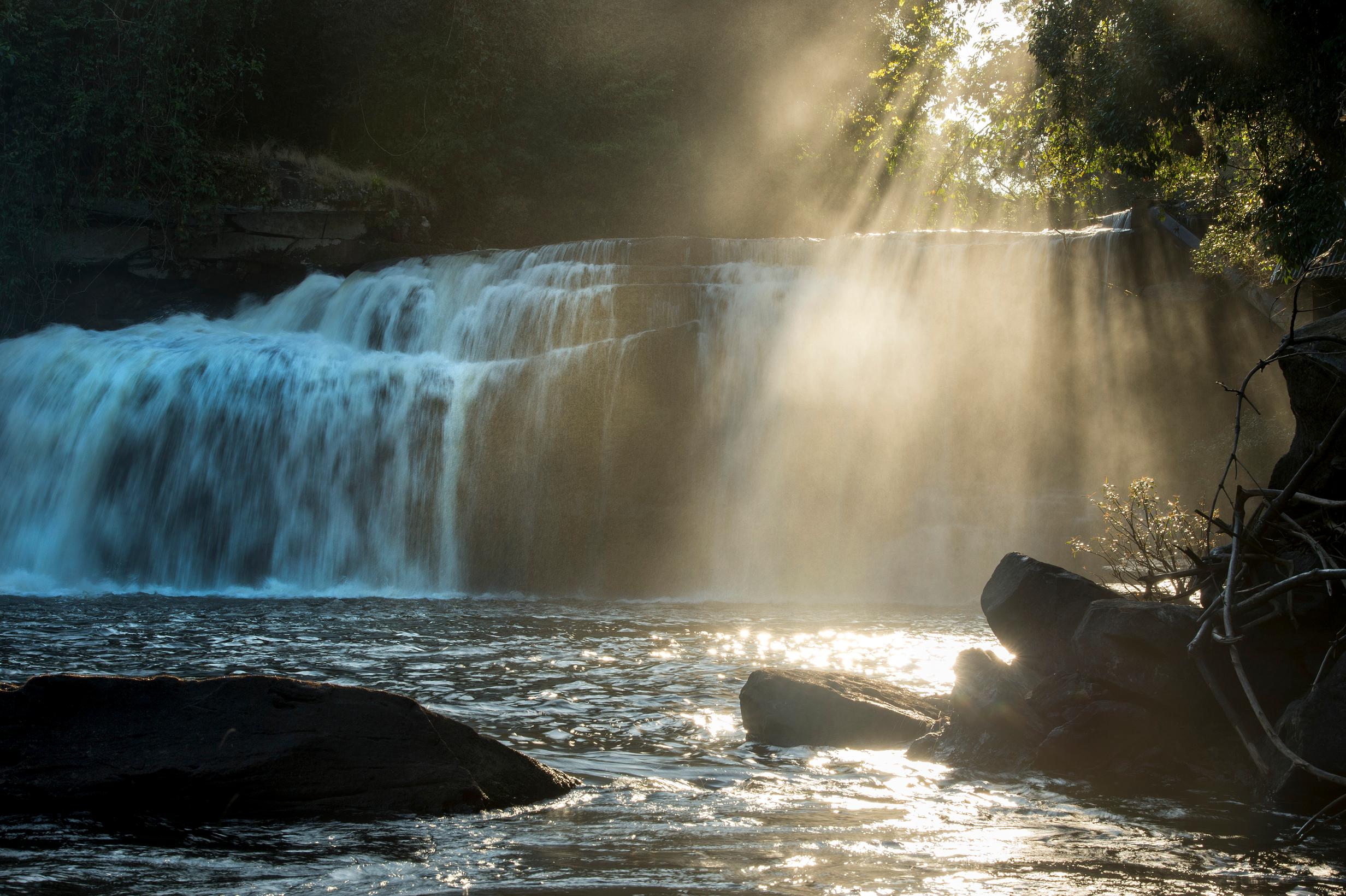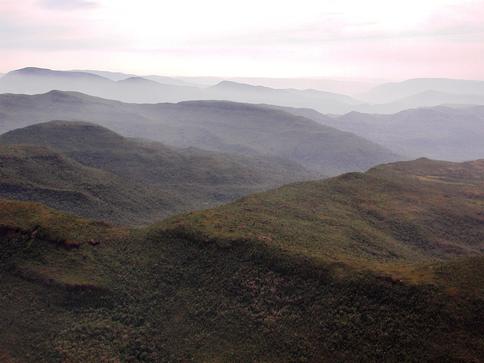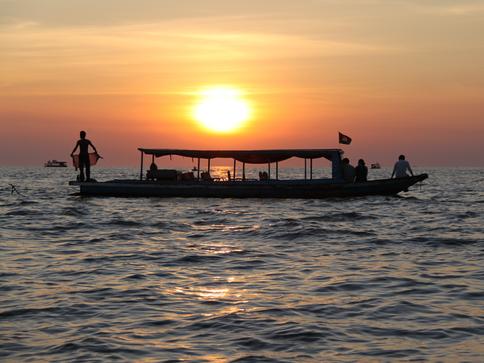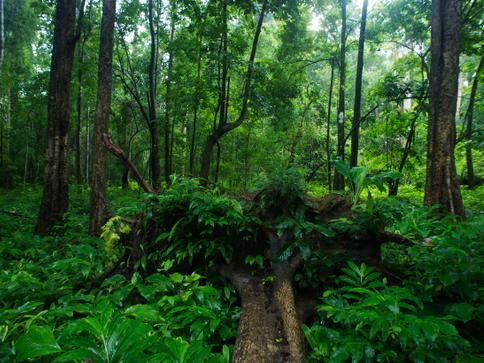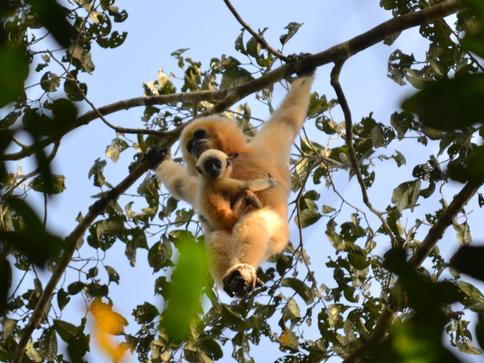Cambodia is ecologically rich. Forest covers nearly half of the country and provides a watershed to the Tonle Sap Lake, one of the world’s most productive freshwater fisheries on Earth. Here, 80% of Cambodia’s 15 million people directly rely on nature for their livelihoods.
For over twenty years, Conservation International has worked with local communities, the government, and key partners to maintain and protect some of the country’s most vital remaining ecosystems and unique biodiversity — for the benefit of the planet, and for the people of Cambodia.
